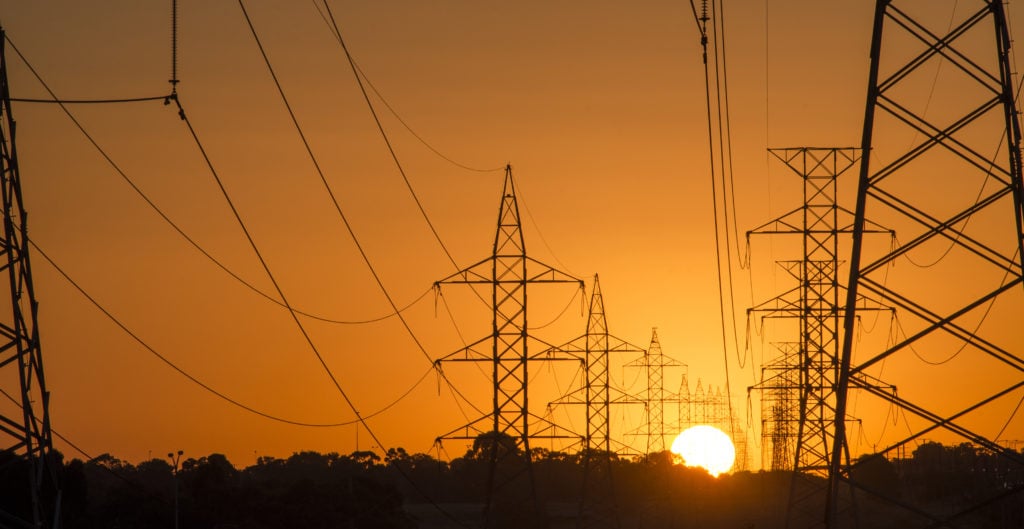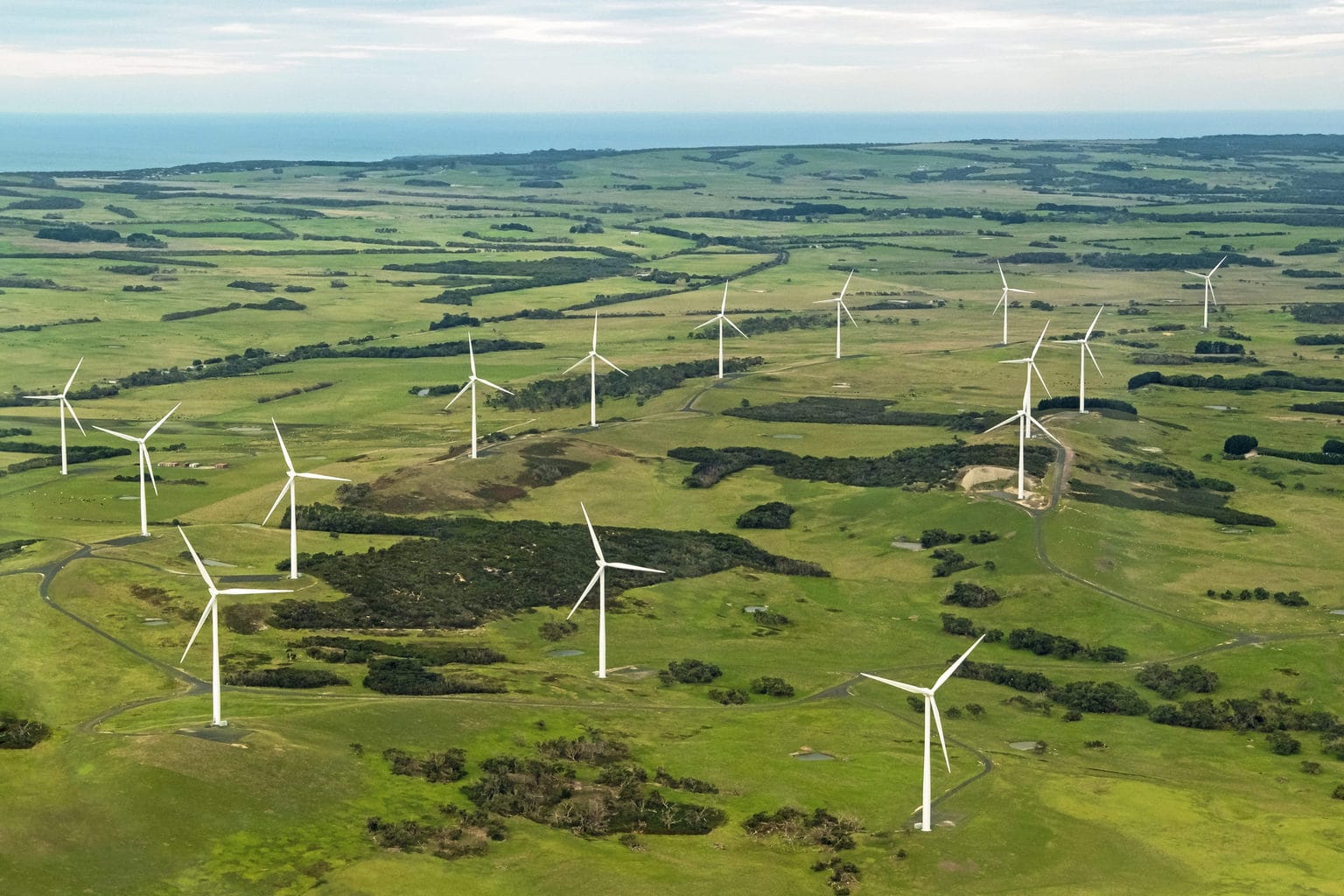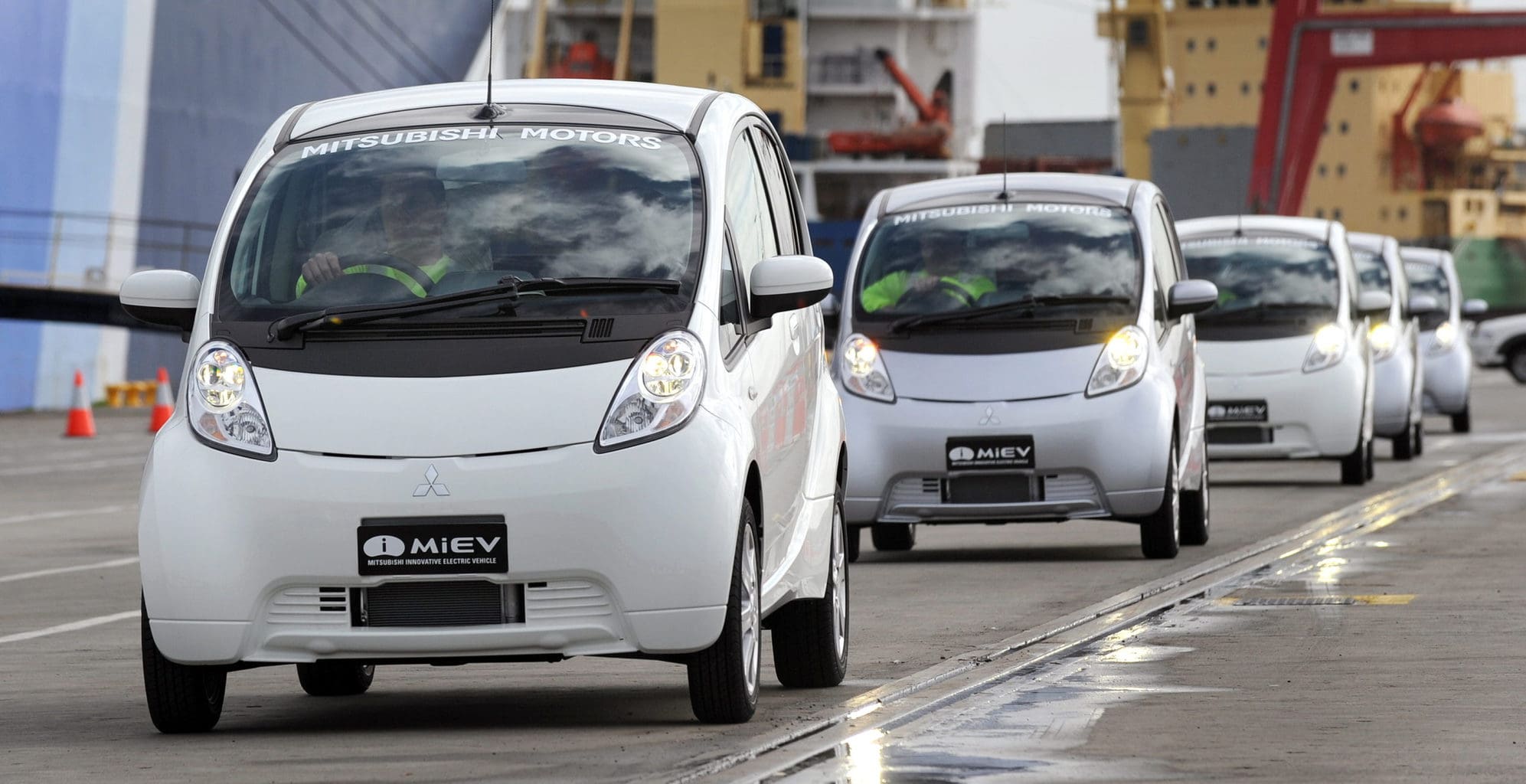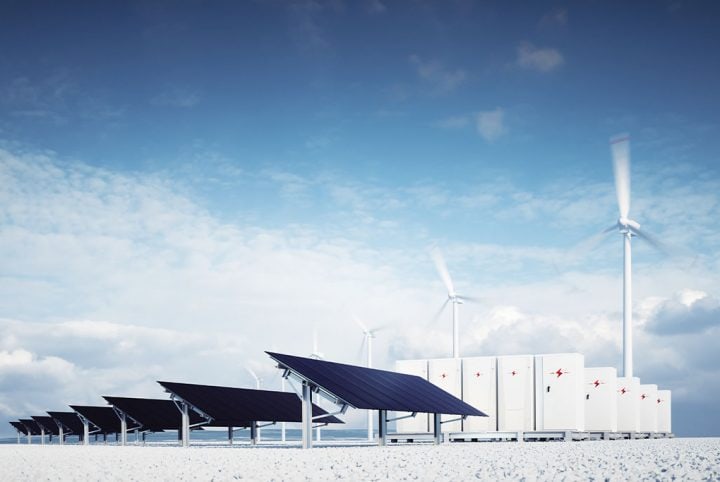
Managed well, Australia will benefit from a secure and reliable energy future. Managed poorly, our energy future will be less secure, more unreliable and potentially very costly.
According to the Australian Competition and Consumer Commission, residential consumers faced a real increase of 35 per cent on their bills in the decade to 2017–18.
Businesses fared little better and remain anxious about the outlook.
The state-wide outage experience by South Australia in September 2016 became a flashpoint for concerns about security and reliability as well as prices.
As a result, the Federal Government commissioned an independent review into the future security of the National Electricity Market, now known as the Finkel Review, that determined we are at a critical turning point.
Managed well, Australia will benefit from a secure and reliable energy future. Managed poorly, our energy future will be less secure, more unreliable and potentially very costly.
The most recognisable aspect of this transition is the increasing proportion of renewable sources in the generation mix.
This shift is being driven by technological opportunity, raw economics, clear consumer preferences and anticipation of the need to decarbonise the world economy in the course of this century.
Investment in renewables
In the late 1990s, the National Electricity Market (NEM) was established, linking the Eastern States both physically, through transmission links, and financially through a pooled wholesale market. Western Australia and the Northern Territory are not connected to the NEM. Many, but not all of the issues I touch on in this article apply equally in their systems.
The competitive market and regulated networks delivered improvements in reliability while consumers continued to enjoy relatively low prices by world standards.
Twenty years later, the picture is not so rosy.
Nearly twice as much coal-fired generation capacity has been retired than added to the NEM this century, with no new additions since 2007. Instead, capital has flowed to renewables.
Private investment in large-scale renewable power stations hit an all-time high of $20 billion in 2018. Some of these projects are underwritten by power purchase agreements with large industrial customers who benefit from the highly competitive pricing on offer.
The switch to renewable electricity also contributes to emissions reductions targets that major businesses have started to adopt. Monash University is a leading example with its award-winning Net Zero Initiative to achieve net-zero emissions from its built environment by 2030.
Wind and solar already win over fossil fuels in terms of unit costs of the electricity they generate, and the advantage is only going to widen.

Wind and solar energy sources are already winning.
Their principal disadvantage – intermittency – can be overcome by smarter systems. Demand management gained little traction while electricity prices were low but it is now coming into its own.
Storage, like renewables, is rapidly decreasing in cost. Pumped hydro, batteries and other technologies, such as the RedT vanadium redox flow machine now installed on Monash’s Clayton campus, all have a role.
The contest appears to be over and the only question that remains is how fast the transition away from fossil fuels can and should occur.
The faster the better from the point of view of mitigating climate risk. But a rapid transition amplifies operational and financial risks, including for renewable investors who are facing the consequences of inadequate planning for such rapid growth.
The focus for future developments must be squarely on cost and quality of supply to consumers.
Redesigning the energy market
With this in mind, it becomes obvious that the transition is about far more than competing generation technologies.
It calls for a redesign of the wholesale market itself to provide incentives for the qualities of supply we value alongside its pure energy content.
This is being examined by the Energy Security Board, a body established to drive the reform program recommended by the Finkel Review.
There is plenty to learn from markets overseas and it is to be hoped that the most up-to-date economic research from universities such as Monash will be brought into play.
The transition also encompasses a shift in the location of energy resources between regions and decentralisation within regions, with major implications for the planning and operation of both transmission and distribution networks.
Integrated system plan
Last December, the Australian Energy Market Operator published its first integrated system plan based on a range of transition scenarios.
Their analysis demonstrated that, under all scenarios, the additional interconnection between regions would bring significant benefits and put downward pressure on electricity bills through an increase in competition across the NEM.
The accompanying national transmission network development plan included a shortlist of priority projects to be fast-tracked in order to overcome the stresses already being experienced.
This plan is an early test of the ability of the industry and its institutions to act with adequate urgency.
A more complex set of changes will occur within distribution networks which must accommodate potentially millions of energy resources participating in new markets.
These resources include small-scale generation, storage, electric vehicles and other controllable loads, all communicating through technologies such as smart meters, inverters, device controllers and data services.

Small scale generation storage include electric cars.
The digitalisation that has transformed other networked industries such as financial services and telecommunications is now available to electricity.
Orchestration of these resources in a two-way distribution system will enhance reliability and reduce costs.
Net Zero
Pilot virtual power plants, microgrids and peer-to-peer trading platforms are already underway to demonstrate this proposition.
The Microgrid established as part of the Monash University’s Net Zero Initiative is an exciting example.
It will provide a platform for research into market operation at the precinct scale as well as the application of new technologies in a controlled environment.
The prize here is an overall lift in capital efficiency.
Energy consumers take advantage of smart technologies to get more value from investments they have already made in plant and equipment: for example, reducing the total cost to cool an office building by pre-chilling when power prices are at their lowest.
By pooling resources, consumers also get better returns on their investments in generation and storage than they would if these assets were solely used for self-supply.
The system benefits from smoothing of supply and demand so that less investment is needed in the network and generation capacity to serve the peaks.
As a result, network utilisation rises and unit costs fall.
All of this requires the rapid development of sophisticated new computational models both for system control and for planning.
New business models will emerge and challenge the incumbent energy businesses. Regulators will need to be vigilant to remove legacy barriers to such competition and to maintain appropriate consumer protections.
Academic research has the opportunity to be at the forefront of innovation on all these fronts. Never has the business of energy been more intellectually engaging.
Chloe Munro AO is an energy policy expert and Monash University Professorial Fellow.
She was a guest panellist at a special Energy Leaders panel, held by Monash Business School in collaboration with the Monash Energy Materials and Systems Institute (MEMSI) on August 8, 2019. Other guests were Catherine Tanna, Managing Director, EnergyAustralia; and Audrey Zibelman, Managing Director and Chief Executive Officer Australian Energy Market Operator (AEMO). The panel was chaired by Monash Business School Head and Dean of Business and Economics, Professor Simon Wilkie.


